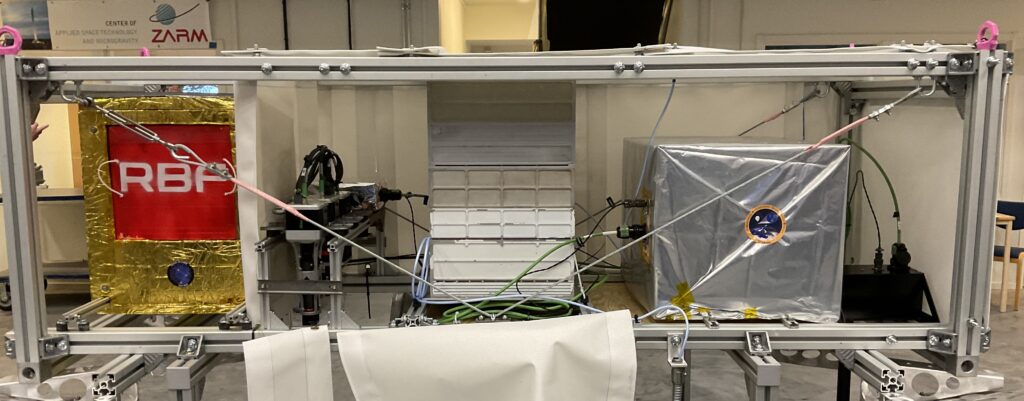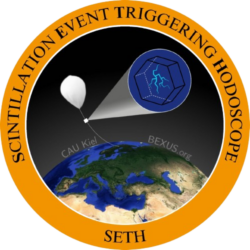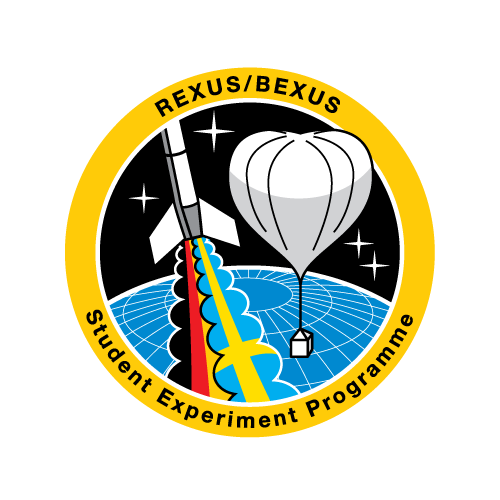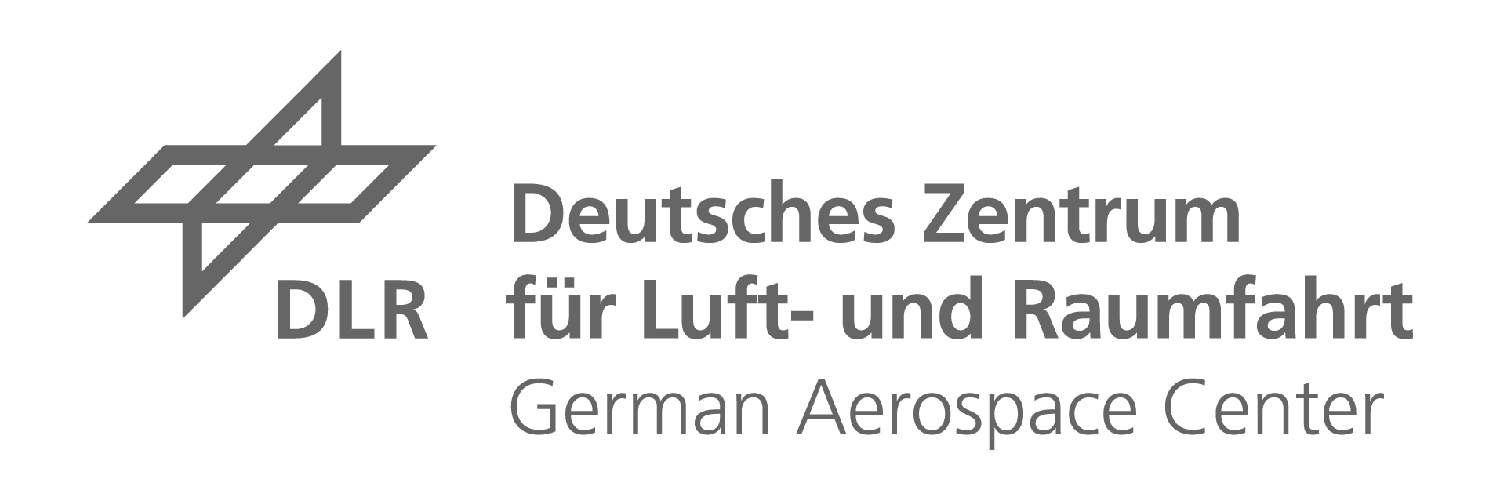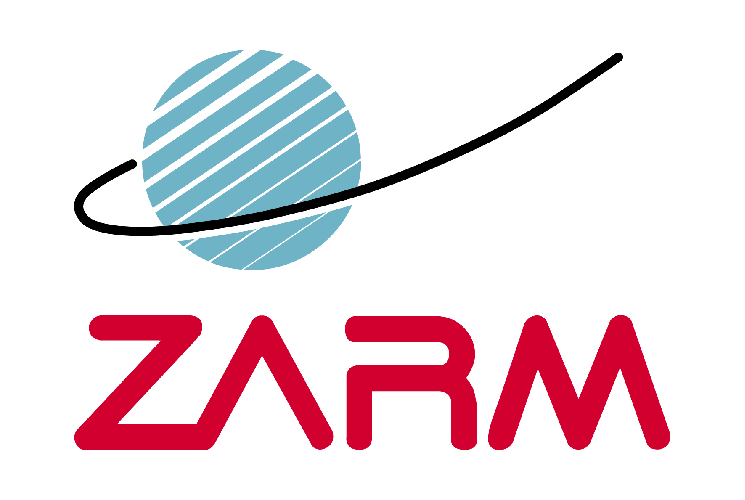Experiment Idea
CHAOS is a particle telescope to measure Galactic Cosmic Rays (GCRs). This highly energetic particle radiation is accelerated at supernova remenants and travels across the milky way before it reaches the Earth. The primary GCRs are made up of heavy particles such as protons and other nuclei (98 %) but also lighter particles such as electrons (2 %).
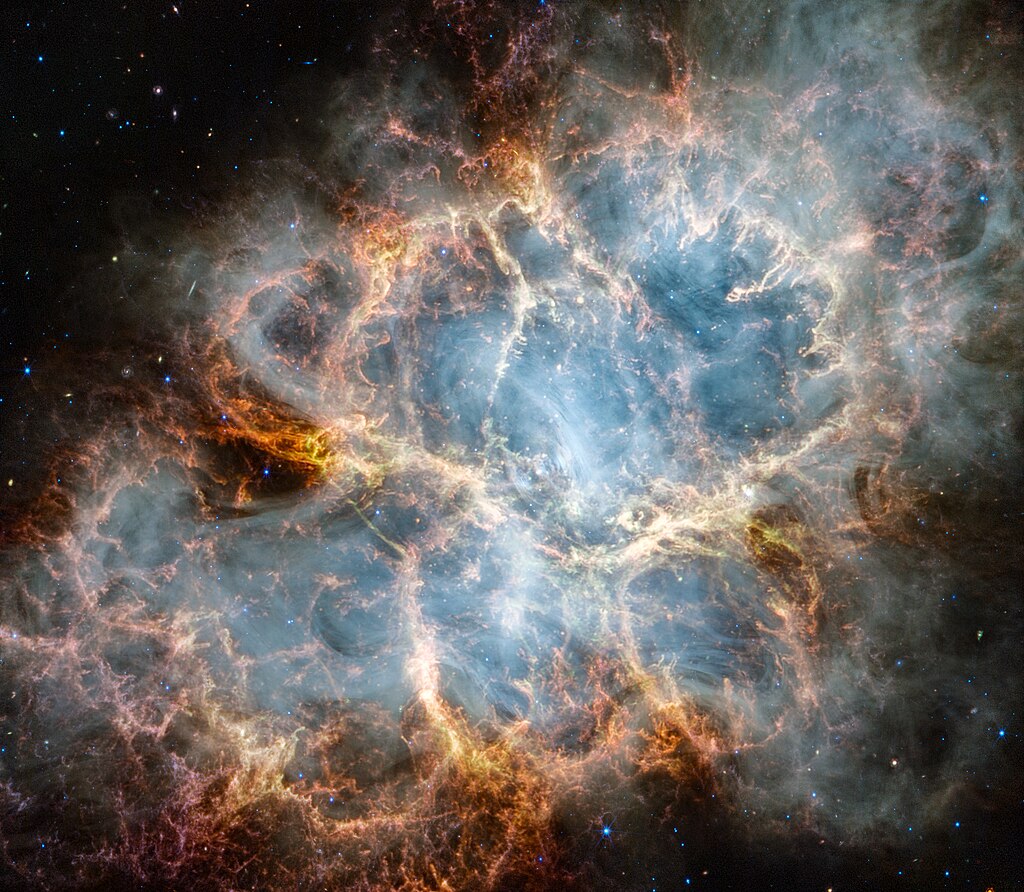
The Crab Nebula as an example of a supernova remenant from which GCRs originate. Credit: NASA
To differentiate between these light and heavy particles, CHAOS uses a Cherenkov detector made up of aerogel. This detector is based on the Cherenkov effect. If a charged particle passes through a dielectric medium with a speed greater than the speed of light in that medium, it creates so-called Cherenkov light. This is similar to a jet plane breaking the sound barrier.
Heavy protons are much slower than electrons at the same kinetic energy. Therefore, they need higher energies to cause the Cherenkov effect and can be distinguished from the electrons.
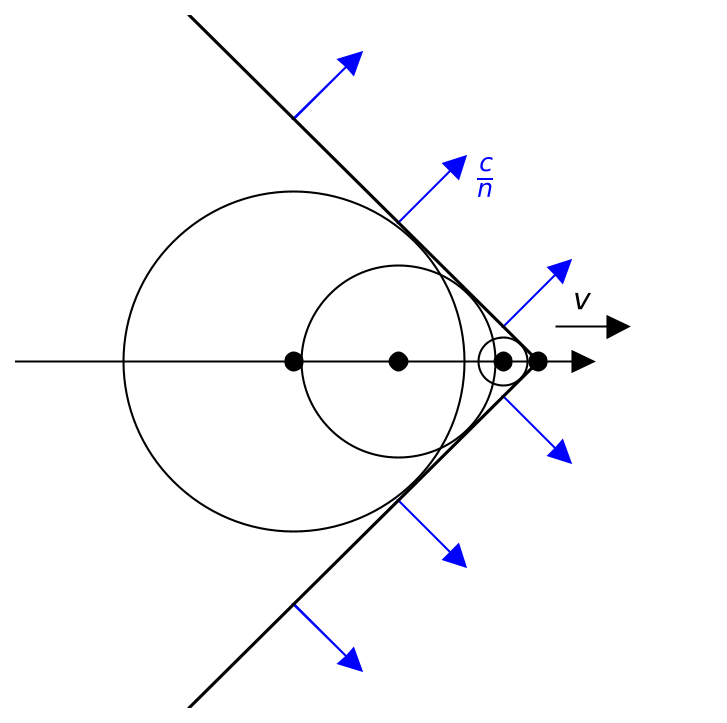
Instrument Design
CHAOS itself is made up of the sensor head and the E-box. The E-Box contains all the necessary electronics and is connected to the sensor head which uses a combination of multiple SSDs (Solid State Detectors), a BGO (Bismuth Germanium Oxide)
scintillation crystal and the Cherenkov aerogel scintillator. The light produced in the BGO
is measured by multiple photodiodes while a PMT (Photomultiplier Tube) measures the light from the Cherenkov scintillator. Different particle species can be identified using the measured energy losses of incident particles provided by the SSDs and BGO. The Cherenkov detector further differentiates between light and heavy particles because they trigger the detector at different energies. To avoid corona discharges, the entire instrument is placed inside a pressure housing which itself is placed inside a thermobox for thermal control.
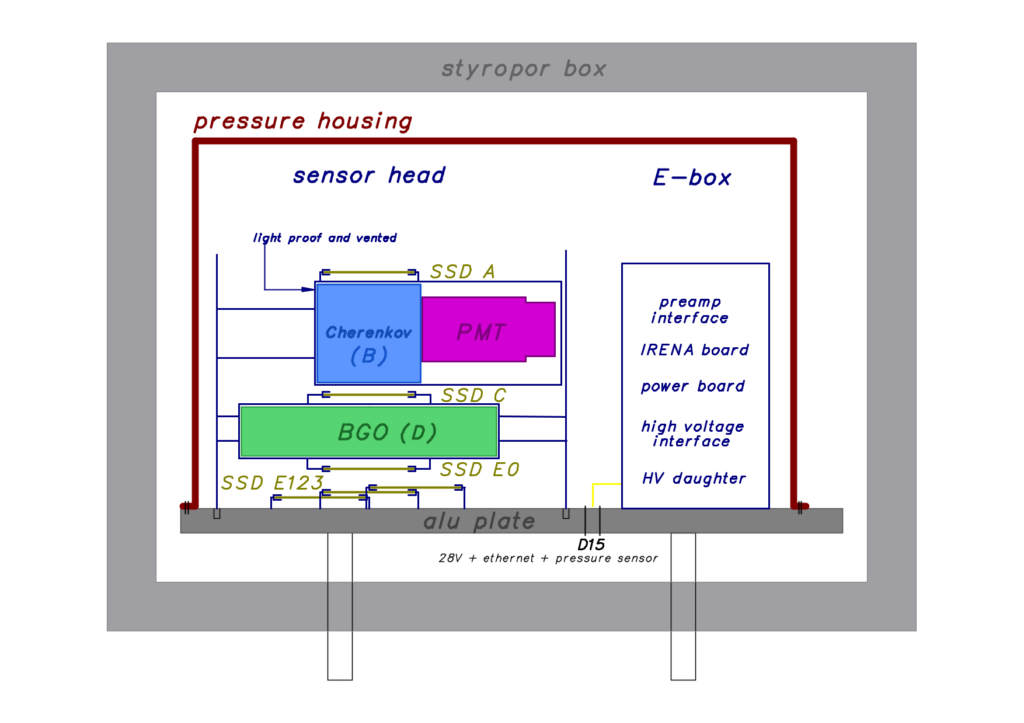
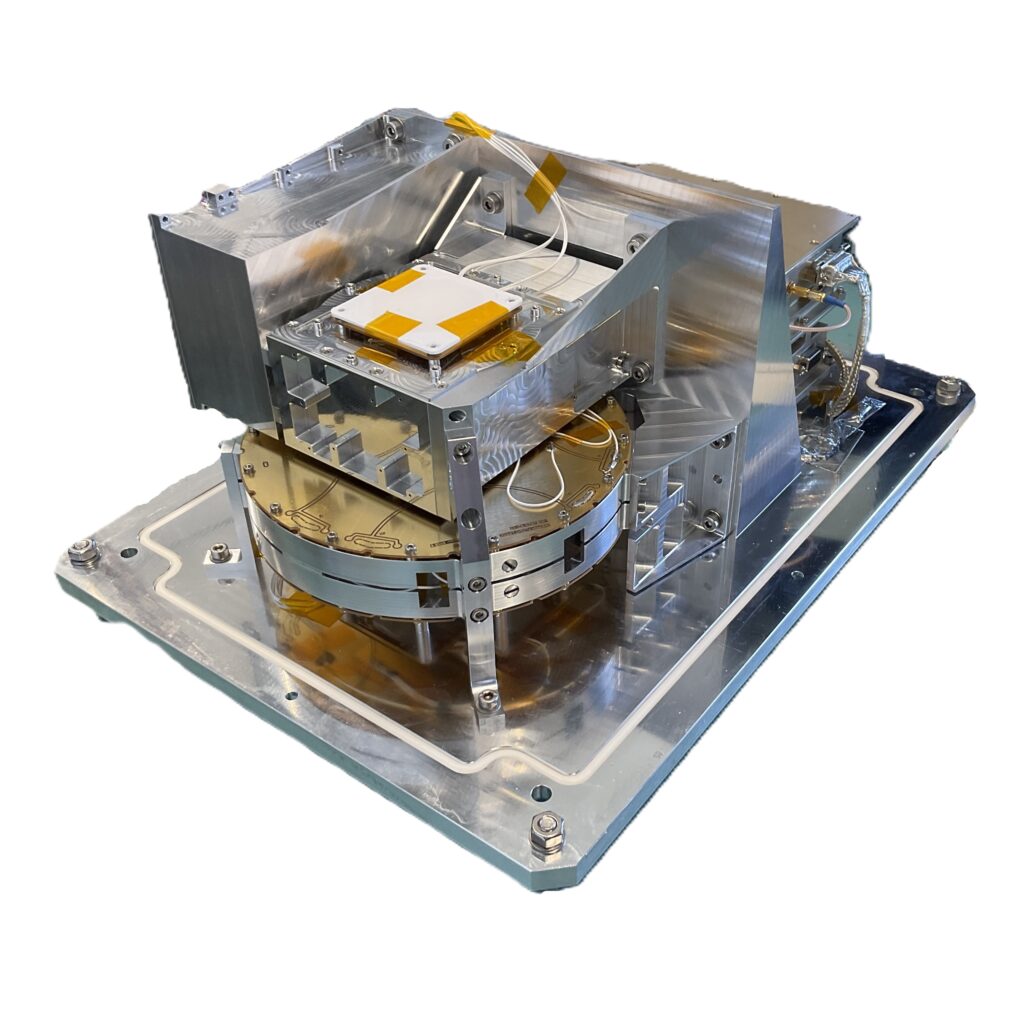
The CHAOS instrument.
Cut through the CHAOS’s sensor head.
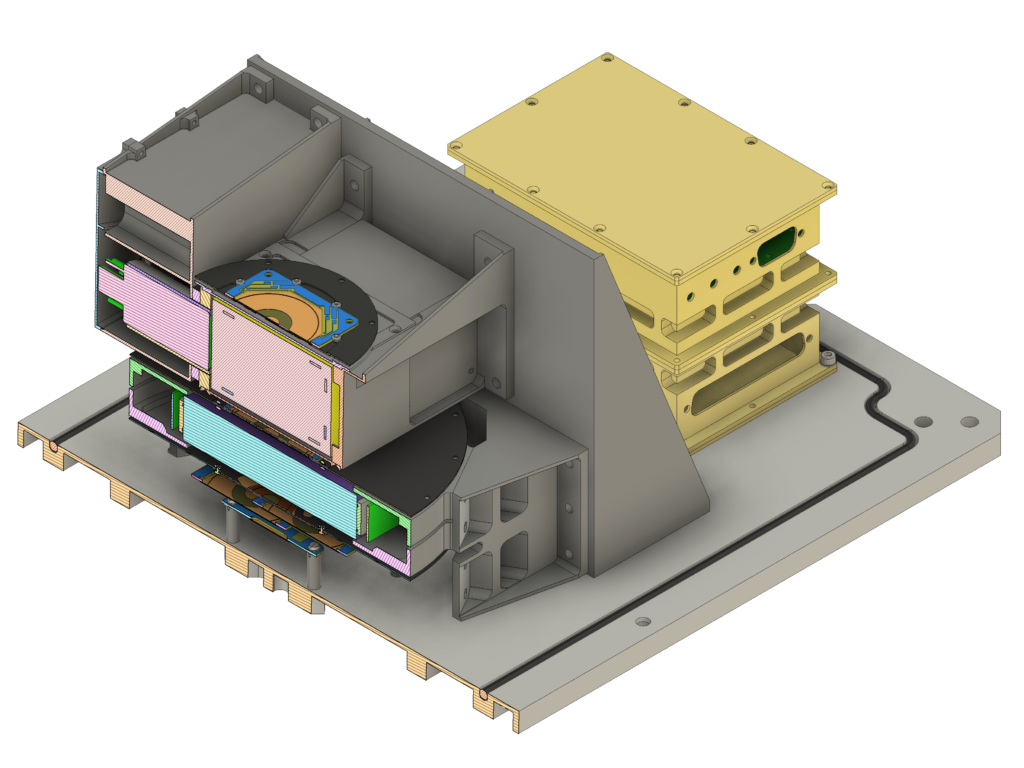
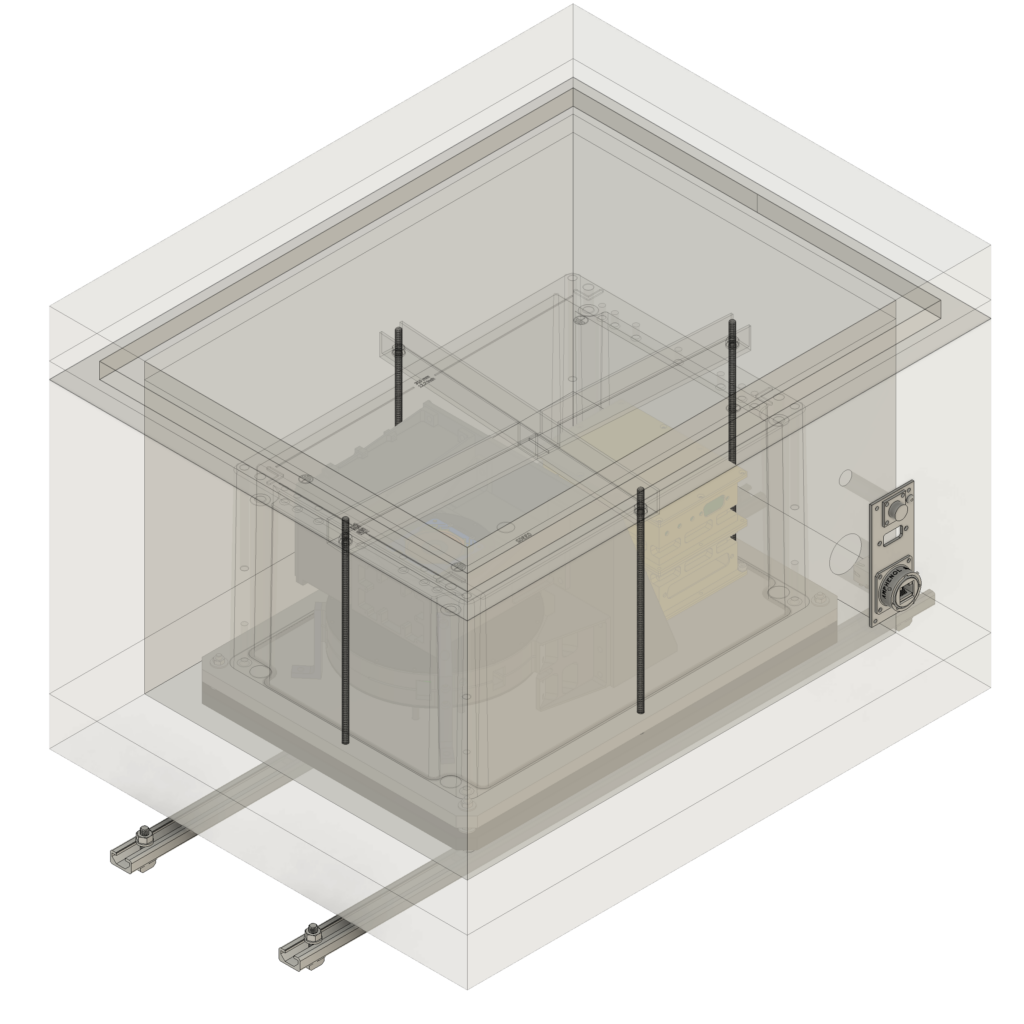
CHAOS inside its pressure housing which itself is placed inside a polystyrene thermobox..
CHAOS (inside the silver foil) on the BEXUS 35 balloon gondola.
